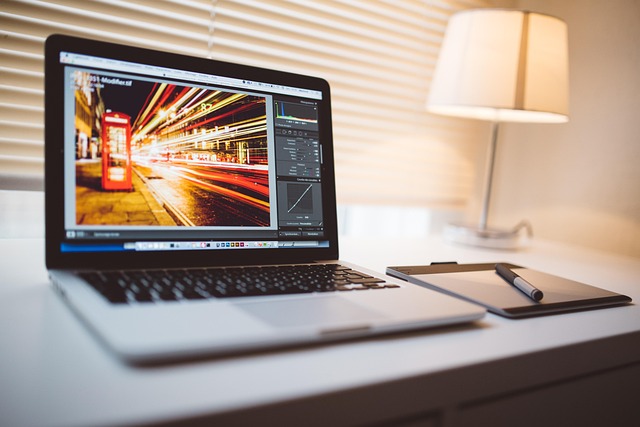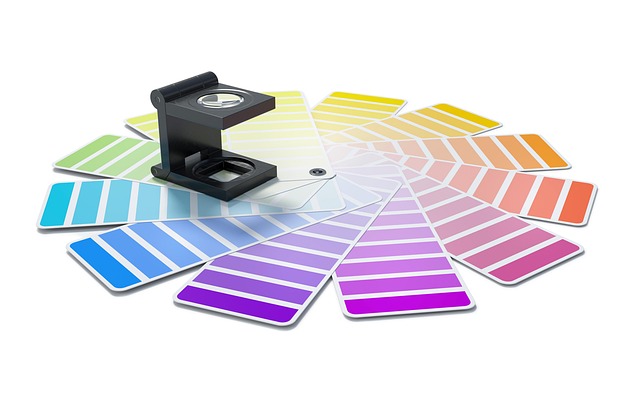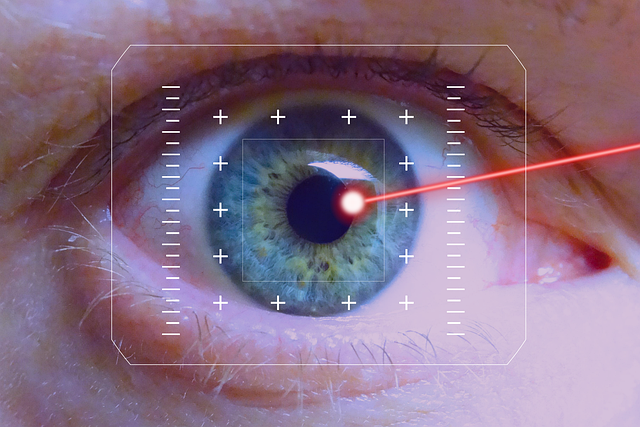Photo editing is not just a technical skill; it’s an art form that blends creativity with design. In the world of photography, the power of a photograph lies not only in its original capture but also in the transformative potential of photo editing. Every image holds the essence of a moment, and with the right edits, you can elevate that moment into a visual masterpiece.
As a designer, understanding the nuances of photo editing is crucial. It allows you to convey emotions, tell stories, and create visual harmony. Each tweak—whether it’s adjusting the brightness, modifying color saturation, or applying filters—can shift the perception and mood of your image. The art of photo editing is about finding the balance between enhancement and over-processing. It’s like a dance between reality and imagination, and mastering it can set your work apart from the plethora of visuals saturating today’s digital landscape.
Incorporating elements of design principles can significantly improve your editing workflow. Think about composition, contrast, and color theory. These foundational elements are not just for photography; they play a vital role in photo editing as well. A well-composed image can guide your editing decisions; for instance, if you have a strong leading line in your composition, you may want to enhance that with selective editing that draws the viewer’s eye along that path.
Moreover, the advent of powerful editing software has revolutionized the way designers approach images. Tools like Adobe Lightroom and Photoshop offer a myriad of features that can help refine your images with precision. However, it’s essential to remember that technology is merely a tool; the true artistry comes from the intent behind your edits. What emotions do you want to evoke? What story are you trying to tell through your photograph? Asking yourself these questions can bring a sense of purpose to your editing process.
Furthermore, practice is paramount in mastering photo editing. It’s through experimentation that you uncover your unique style and learn what works best for your artistic vision. Don’t shy away from trying new techniques, whether it’s playing with textures or exploring unconventional color palettes. Each attempt, successful or not, contributes to your growth as a designer and an editor.
In the realm of photo editing, inspiration can be found everywhere. From renowned photographers to fellow designers on social media, there is an abundance of resources that can invigorate your creative process. Analyzing the work of others can provide insight into various editing styles and can serve as a springboard for your unique approach. Always keep your eyes open for patterns and techniques that resonate with you.
Engaging with the photo editing community, whether through forums or social media platforms, can also enhance your skills. Participating in challenges and critiques can provide you with valuable feedback and introduce you to new perspectives. Remember, every interaction is an opportunity for growth.
Ultimately, photo editing is an extension of your creative expression. It allows you to impart your vision onto your images, making them resonate with others. By combining your understanding of art and design with the technical aspects of photo editing, you can create works that are not only visually appealing but also rich in meaning and narrative. Embrace the journey of mastering photo editing, and let your creativity flourish through every click and adjustment.




